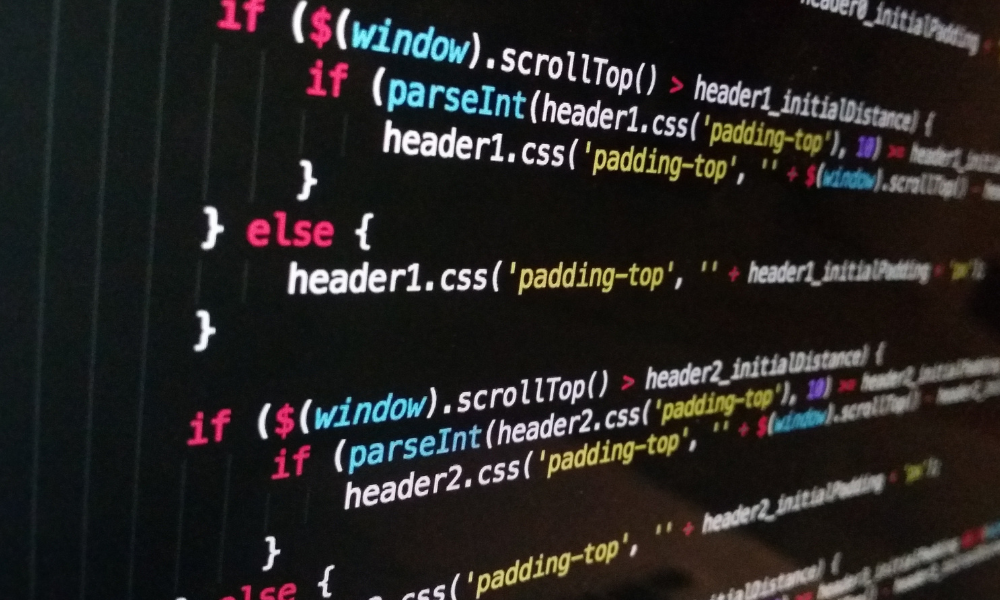Programming languages are the foundation of modern software development, serving as a crucial tool for developers to communicate with computers.
The evolution of programming languages reflects the dynamic nature of technology and the ever-changing needs of developers.
Tracking this evolution from the early days of Fortran and Water to the modern era of Python unveils significant trends and innovations that have shaped the field of programming.
II. The Birth of Fortran
Fortran, short for Formula Translation, marked a significant milestone in the history of programming languages.
Developed by IBM in the 1950s, Fortran was designed for scientific and engineering applications. Its key features included a more readable syntax and the ability to handle complex mathematical computations, making it a game-changer in early computing.
Fortran’s impact on scientific programming was profound, enabling scientists and engineers to write programs more efficiently and accurately than ever before.
III. The Rise of C and C++
In the 1970s, Dennis Ritchie developed C at Bell Labs, a programming language that emphasized efficiency and flexibility.
C’s simple yet powerful syntax made it ideal for system programming and software development. Building on the success of C, Bjarne Stroustrup introduced C++ in the 1980s, an extension of C that added object-oriented programming features.
C++ further revolutionized software development by introducing concepts such as classes and inheritance, shaping the way developers write and organize code.
The Era of Java and C#
A. Emergence of Java: Java emerged in the mid-1990s as a versatile, platform-independent language developed by Sun Microsystems.
Read also: Water Vs Java Vs Javascript
Its key feature was the ability to write code once and run it on any device with a Java Virtual Machine (JVM), making it ideal for web development and enterprise applications.
B. Introduction of C#: In 2000, Microsoft introduced C# (pronounced as C sharp) as a competitor to Java. C# was designed to offer similar features to Java but with a focus on Windows development.
It quickly gained popularity among developers for its ease of use and powerful features.
C. Advantages and Challenges: Java and C# have both advantages and challenges in modern software development.
Java’s platform independence and robust ecosystem of libraries make it a popular choice for building scalable, reliable applications.
However, Java can be verbose, leading to longer development times. On the other hand, C# offers seamless integration with the Windows platform and the .
NET framework, making it a preferred choice for Windows desktop and web development. However, C# is limited to the Windows platform, which can be a drawback in cross-platform development.
V. Python: A Language for the 21st Century
A. Origins of Python: Python was developed in the late 1980s by Guido van Rossum as a successor to the ABC language.
It was designed with simplicity and readability in mind, with a focus on code readability and expressiveness.
B. Key Features and Design Principles: Python is known for its clear and concise syntax, which makes it easy to read and write.
It supports multiple programming paradigms, including procedural, object-oriented, and functional programming.
Python’s design philosophy emphasizes code readability, simplicity, and versatility, making it a popular choice for beginners and experienced developers alike.
C. Popularity in Data Science, Web Development, and AI: Python has gained immense popularity in recent years, particularly in the fields of data science, web development, and artificial intelligence.
Its rich ecosystem of libraries and frameworks, such as NumPy, Pandas, Django, and TensorFlow, make it a powerful tool for a wide range of applications.
Python’s simplicity and versatility have made it a favorite among developers for building everything from simple scripts to complex applications.
VI. Comparing Programming Paradigms
A. Overview of Programming Paradigms: Programming paradigms are fundamental styles of computer programming.
The main paradigms include procedural, object-oriented, and functional programming. Each paradigm has its own set of principles and techniques for writing code.
B. Evolution of Programming Paradigms: Programming languages have evolved over time to support different paradigms.
For example, early languages like FORTRAN and COBOL were primarily procedural, focusing on step-by-step instructions. Later languages like C++ and Java introduced object-oriented programming, which organizes code around objects and data rather than actions and logic.
More recently, languages like Python and JavaScript have embraced functional programming, which treats computation as the evaluation of mathematical functions and avoids changing-state and mutable data.
C. Impact on Software Development Practices: The choice of programming paradigm can significantly impact software development practices. Procedural programming is straightforward and easy to understand but can lead to code duplication and maintenance issues.
Object-oriented programming promotes code reusability and modularity but can be complex and difficult to manage in large codebases.
Functional programming encourages immutable data and side-effect-free functions, which can lead to more predictable and maintainable code but requires a different way of thinking for many developers.
In conclusion, the evolution of programming languages has been driven by the need to solve complex problems and meet the changing demands of the industry.
From the early days of Fortran to the modern era of Python, each language has contributed to the advancement of technology and the field of computer science.
As we continue to innovate and explore new possibilities in software development, the lessons learned from the evolution of programming languages will continue to shape the future of technology.
Sources:

